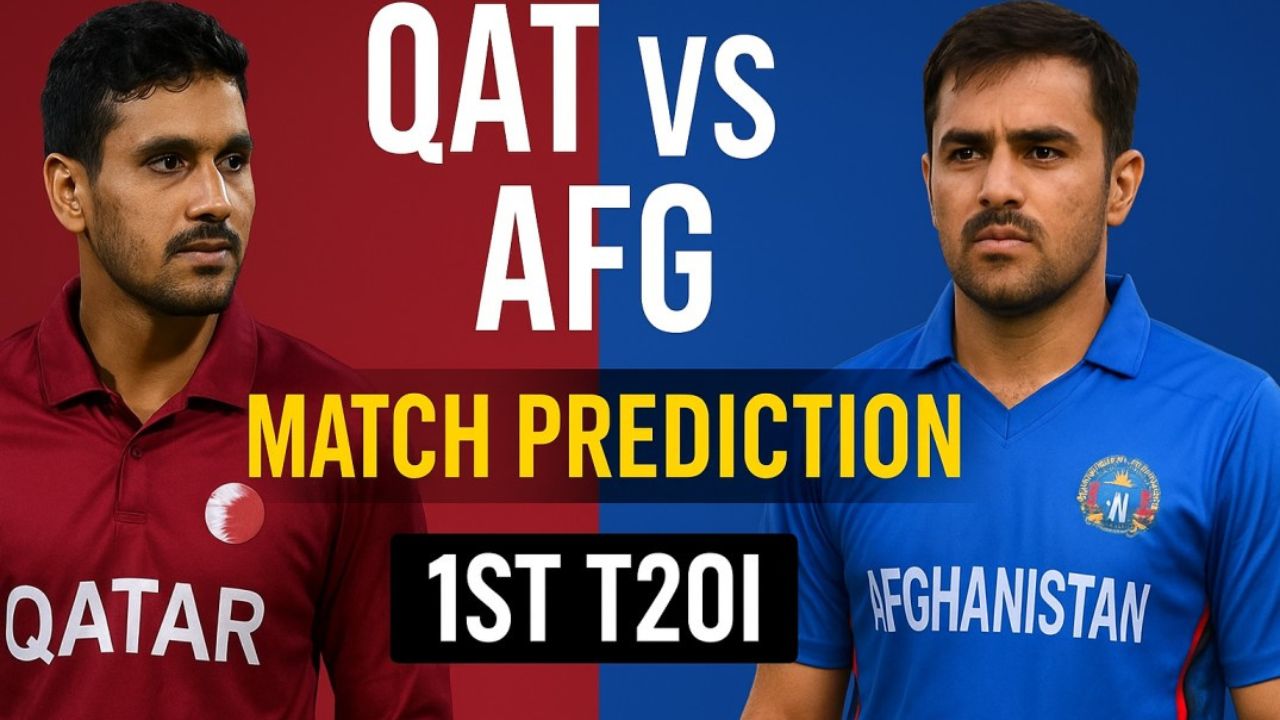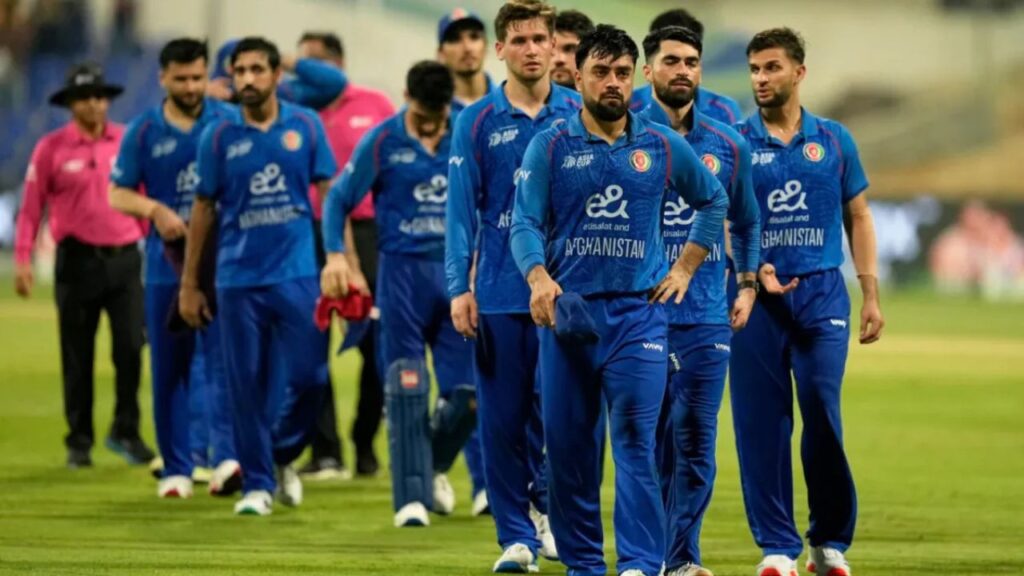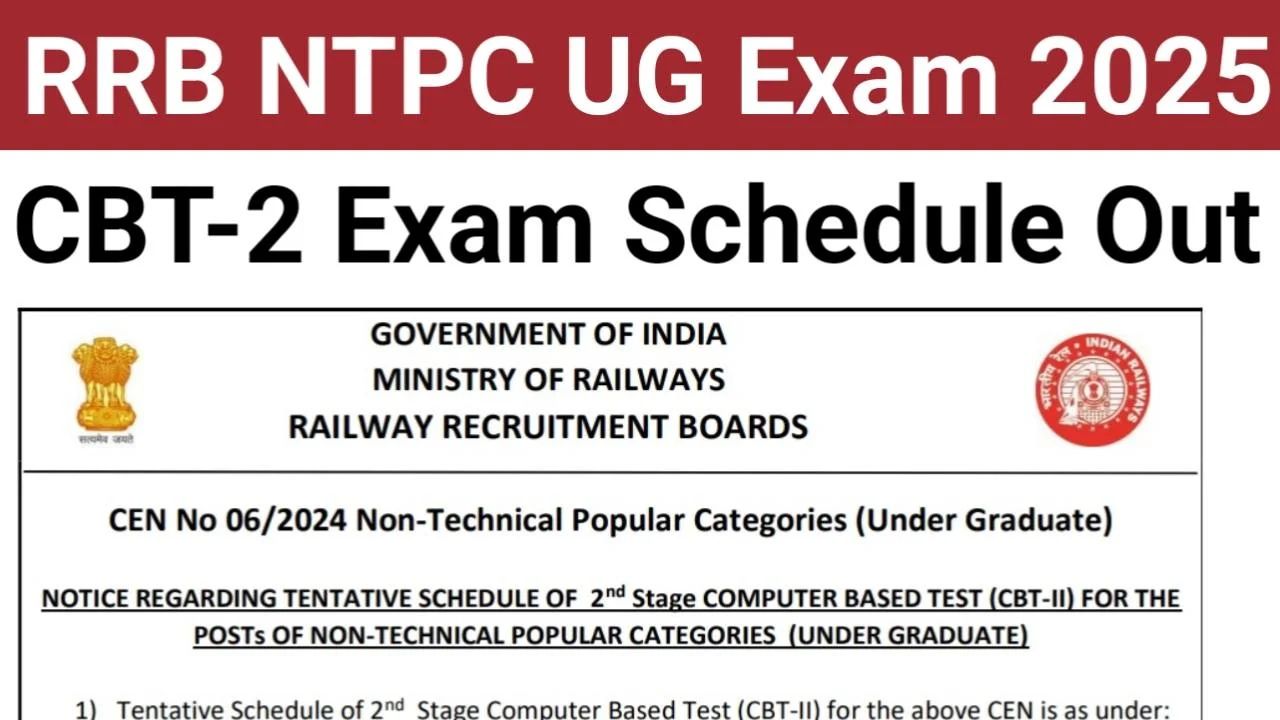Qatar vs Afghanistan: new faces or senior pros who shapes the big moments today? Learn why

Qatar vs Afghanistan: When a fixture is billed as a landmark series and then draped in uncertainty, every minute before the toss becomes part of the story. Qatar vs Afghanistan offered precisely that: status confusion, a delayed start, and feeds that flickered on hours after schedule yet underneath the noise sits a fascinating cricket problem about conditions, matchups, and how to convert pressure into results over 20 overs. Whether listed as T20Is or practice matches, the contest still tests two clear blueprints: Qatar’s discipline‑first template versus Afghanistan’s depth and variance, especially in spin and death bowling. Fans tracking the series also had to navigate mixed listings and cancellation tags, reinforcing the need to follow verified match centres rather than social clips or speculative posts for real‑time clarity.
Match status and schedule overview
- Status confusion: Communication diverged hours before the opener—Qatar promoted a men’s T20I bilateral series, while Afghanistan clarified their Afghan Abdalyan (A team) would play practice matches aligned to Rising Stars Asia Cup prep, triggering delays and uncertainty for fans and trackers.
- Listings and delays: Live centres initially showed “match start – delayed,” with some pages reflecting cancelled status before streams eventually appeared, highlighting the operational disconnect between promotion and governance listings.
- Follow the hubs: For day‑of updates, rely on live score hubs carrying the “Qatar vs Afghanistan” fixture slug and time stamps; these pages updated ball‑by‑ball once play proceeded or confirmed cancellations when applicable.

Conditions and venue notes
- Venue traits: West End International Cricket Stadium in Doha can be wind‑affected with dew under lights, skewing the bat‑first vs chase decision when surfaces stay true and outfields quicken late.
- Pace vs spin: Even on even‑paced decks, pace‑off into the wind and hard lengths at the hip reduce clean swings; if the ball grips, non‑turning cutters and cross‑seam hold value in the middle overs.
- Par scoring: Given ground dimensions and dew risk, the bat‑first par often sits in the mid‑150s, but one strong death over can push a defendable 165—especially if wides are controlled and third‑man/short‑fine angles are protected.
Tactical levers that swing results
- Powerplay wickets: Removing one top‑order anchor plus the intent hitter inside six overs typically drops projected totals by 15–20, making middle‑over control easier to sustain across eight to ten overs.
- Middle‑over density: Teams that hold 7.5–8.0 RPO without losing wickets win time and options; versus wrist‑spin, pre‑planned sweep/rotate patterns beat low‑percentage slogs to long boundary pockets.
- Death‑over sequencing: The bowl‑first side should pre‑map over 17–20 by batter type: pace‑off versus muscle hitters into the wind; wide‑yorker channels versus front‑foot loft merchants; bluff bouncer only after establishing base length.
Team blueprints and likely roles
- Qatar’s path: Discipline in new‑ball channels, sharp inner‑ring fielding, and middle‑over rotation to avoid dot clusters; with bat, two set batters into the 15th over unlocks late acceleration on this surface profile.
- Afghanistan’s edge: Spin quality and pace variety create control bands in overs 7–16; with bat, intent plus batting depth turns 55/1 at ten into 95/2 at fifteen, setting an 8.5–9.0 RPO finish runway.
- A‑team factor: If Afghan Abdalyan feature, expect developmental combinations tuned for Asia Rising Stars, with specific overs earmarked for emerging bowlers and matchup testing under lights.

Data cues to read momentum
- Shot quality vs count: A spike of attempts between the posts from 8–14 metres signals structural cracks; scattered long‑boundary mishits suggest control remains with the fielding side.
- Over‑by‑over RPO bands: Sustaining 7.5–8.0 without wickets from 7–15 correlates strongly with chase control on this venue; any over under 5.0 in that phase demands an immediate counterpunch next over.
- Fielding events: One drop or misfield in the last three overs is often worth 8–12 runs on quick outfields; track inner‑ring cleanups and boundary rider angles late.
FAQs
Q1. Is Qatar vs Afghanistan an official T20I or a practice match?
Communication diverged: Qatar promoted a men’s T20I series, while Afghanistan announced Afghan Abdalyan playing three T20 practice matches for Rising Stars Asia Cup prep, creating status confusion around the opener and subsequent listings.
Read Also
Q2. Why was the first match delayed and feeds inconsistent?
Listings showed “start delayed” and even “cancelled” on some hubs before streams appeared; organisers cited a “technical problem,” reflecting operational issues amid conflicting status communication between boards.
Q3. Where can I follow reliable updates on match day?
Use recognized live centres carrying the fixture slug with time‑stamped commentary and status banners; these pages confirm toss, delays, cancellations, or ball‑by‑ball once play starts.
Q4. What conditions most affect batting style in Doha?
Wind and dew shape length and line choices; pace‑off into wind, disciplined wides at death, and targeting the shorter boundary pocket decide whether par sits closer to 150 or 165.
Q5. How does A‑team participation change selection and tactics?
Developmental goals lead to role testing—powerplay overs for emerging quicks, wrist‑spin workloads in 7–15, and situational finishing practice—prioritising learning alongside result chasing.

Read Also
Conclusion
Qatar vs Afghanistan compresses modern T20 trade‑offs into a tight window: status clarity, venue quirks, and matchup discipline. Ignore the noise, watch the levers powerplay strikes, middle‑over density, and death‑over sequencingand you’ll read the result ten balls early. For verified status, squads, and ball‑by‑ball, use the live hubs below before you set your expectations.











